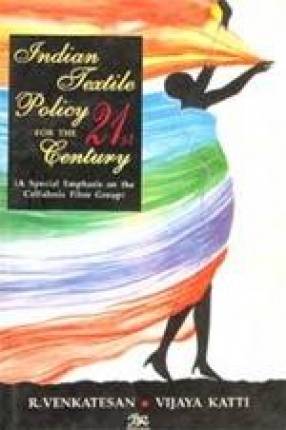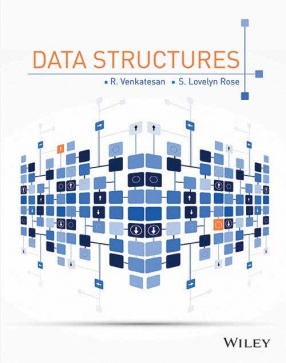Indian Textile Policy for the 21st Century
Synopsis
The Textile Industry is the third largest in the world, next only to tourism and information technology. India has a very old and rich tradition in the textile industry; today, it is the single largest source of employment and net foreign exchange earnings for the country. The textiles policy of the government thus not only affects consumers but also a large segment of the society viz., Producers, Phasing-out of the Multi fibre Arrangement (MFA) creates new opportunities and challenges that policy makers need to understand for framing the right policy responses, as ‘competitiveness’ is going to be the key theme in the near future. This study is an earnest attempt in delineating the selective policy environment that emerges out of an extensive analysis of fiscal policies and incentive structure, trade related issues and industry and environment policy framework--to chalk out the textile policy for the twenty-first century. Salient features of this book include: Competitiveness analysis on the basis of six-digit H.S. classification for 298 textile products/fibres. Analysis of comparative advantage and the incentive structure of various textile fibres through a measurement of nominal, effective and realized protection coefficients. International competitiveness of fibres, yarn and finished textile products by using the domestic resource cost techniques. Environmental implications, particularly regarding increasing production of cotton and viscose. Social cost benefit analysis framework to work out the social profit in terms of numeraire (uncommitted social income), the impact of production in the cellulose and non-cellulose segments etc. This book is likely to interest policy planners, textile exporters, researchers and students in applied economics and management.
Read more
19.80
17.82
$
22.00 $
Free delivery Wolrdwidе in 10-18 days
Ships in 1-2 days from New Delhi
Membership for 1 Year $35.00
Get it now and save 10%
Get it now and save 10%
BECOME A MEMBER
Books by the same authors








Bibliographic information
R. Venkatesan